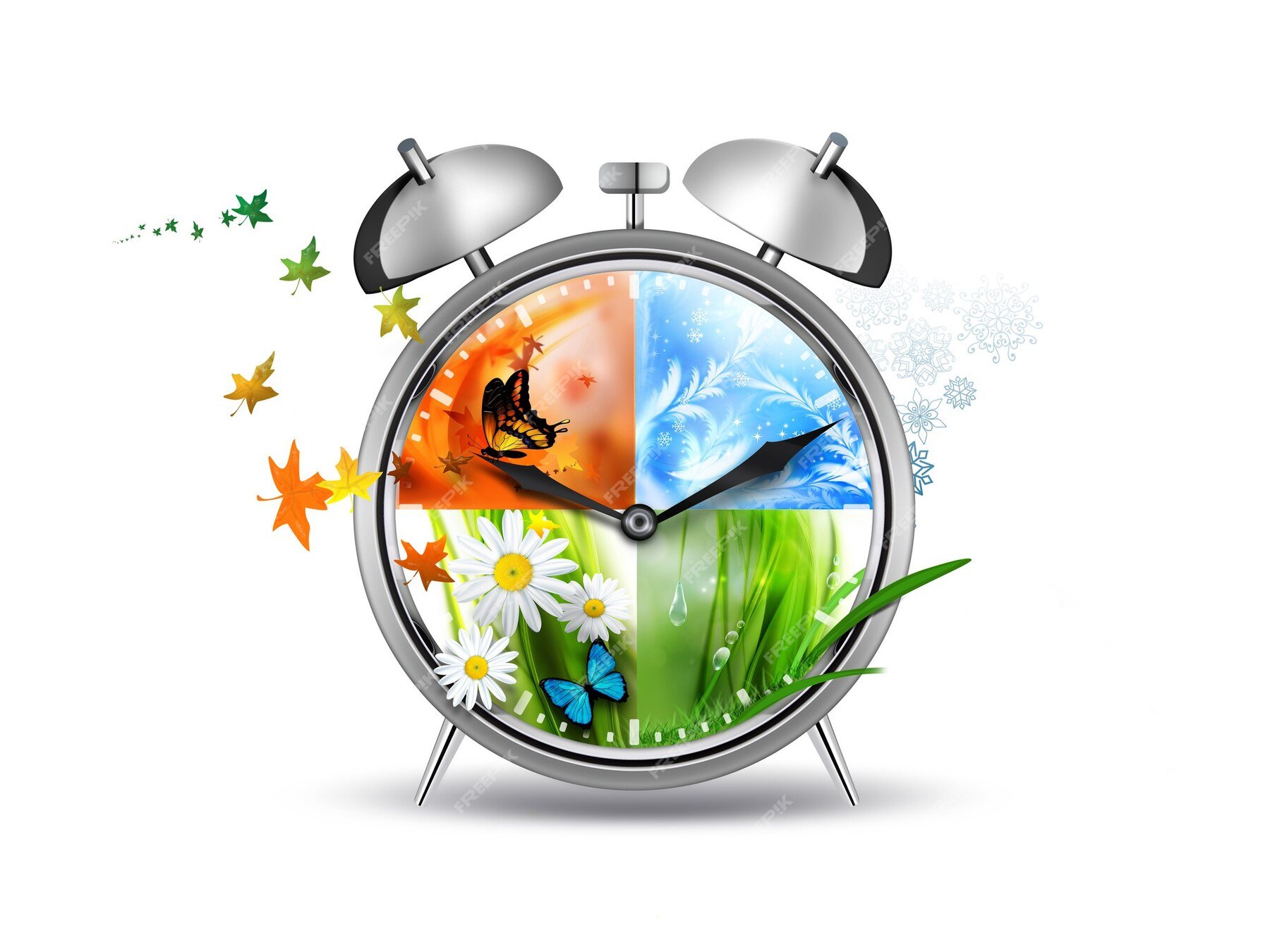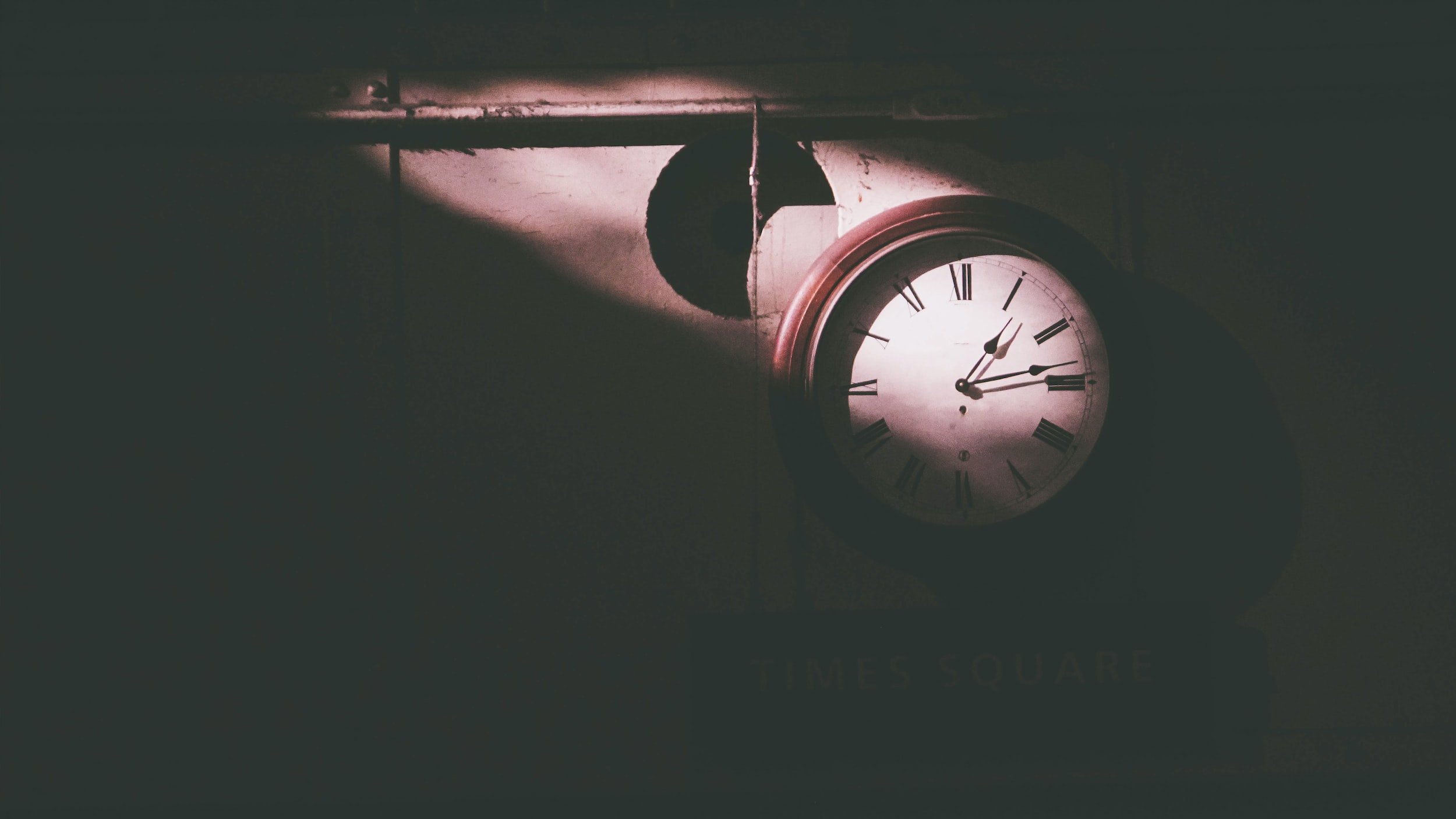Light as Medicine - Part 2: Invisible & hidden forces at work
Want to know something amazing?
Even with our eyes closed, our bodies can ‘see’ light!
Sunlight is so essential for human survival that we’ve developed complex systems for sensing it that extends beyond vision.
HOW THE SKIN “SEES”
Science recently discovered nonvisual light-sensing molecules - a class of photoreceptors or “opsins” - distributed in skin and parts of our brains.
While we understand how visual “phototransduction” (light-induced electrochemical signalling) works in the eye, how non-visual light sensing works in the skin and other organs is still a mystery.
We now have some clues, largely thanks to studies in evolutionary biology:
In 2017, scientists were stunned to find the photoreceptor (molecular light sensor), melanopsin, not only in the eyes, but in human skin and fat!
The authors showed that human skin and fat cells are light-sensitive, and that exposure to the equivalent of blue light from the sun can activate metabolic, fat-burning processes in them.
Woah!
We’re now aware of many different types of photoreceptors in our eyes and skin, which are our major light-sensing organs. We still don’t know what they all do.
The pineal gland and other parts of the nervous system also seem equipped for the job based on the photoreceptors they express.
NON-VISUAL LIGHT SETS OUR RHYTHMS
This review summarizes the roles of these non-visual light receptors (as far as we understand them) nicely:
“The role of the nonvisual photoreception is to synchronise functions of living organisms to the environmental light periods in order to help survival of various species in different biotopes [environments]. In vertebrates, the so-called deep brain…photoreceptors, the pineal organs… and the retina…are involved in the light-based…circadian clocks.”
In other words, our ability to sense light through our skin, pineal organs (located behind your ‘third eye’) and eyes is crucial for triggering processes in our bodies that drive our inherent “biological rhythms.”
Biological rhythms are distinct sets of body functions like sleep, wakefulness, tired, body temperature, hormone secretion, hunger, etc.
These timing and maintenance of these rhythms is dictated by complex molecular pathways. These are our “body clocks.”
You might think that our biological body clocks function like our mechanical clocks: strictly unchanging, like “clockwork” so to speak... But it’s actually the opposite: our body clocks shift according to changes in our environment and lifestyle. Many thousands of years of evolution enabled our human bodies to learn to be adaptable to the ever-changing seasons: environmental conditions and the availability of food ebbed and flowed, and molecular processes in our bodies respond in ways that help us survive. Cues like light exposure, the nutrient ratios in our food, eating patterns, sleeping patterns, hydration and other environmental cues maintain - or disrupt - our biological rhythms.
MODERN (IN)CONVENIENCES
So, you can appreciate that in our modern world, some of our unnatural habits can really wreak havoc on this sensitive system: artificial light at night, erratic sleeping patterns, eating at weird times, eating the same foods all year round, chronic stress, etc - they all mess with these rhythms.
You’ve probably heard that when we stare at screen at night, the blue light keeps us awake…but it was also recently shown that blue light detected through the skin(!) promotes wakefulness and enhances cognitive performance by increasing activity in the brain regions associated with memory, supporting that light at night keeps our brains active. I’ve worked with so many clients who have experienced sleeping problems that went away as soon as they adopted better light hygiene at night. (See below.)
On the flipside, people who don’t get enough sunlight experience poor health outcomes, and insufficient sun exposure has become a real public health problem.
Long-term, biological rhythm disruption can lead to very serious health problems, as often observed in nightshift workers, who have higher rates of diabetes, obesity, cancer and other health issues. So, your light exposure is something to take seriously.
INVISIBLE SURVIVAL SIGNALS
And our light sensing goes one step deeper…
Not only can we detect visible light with our skin and pineal organs, we can detect both visible and invisible (ultraviolet) wavelengths.
Invisible light sends our bodies crucial signals about our changing environments through each day, month and year.
Most people are unaware that our bodies have more than just a 24-hour circadian rhythm. Biological rhythm is a phrase often used interchangeably with circadian rhythm, but actually, we have 4 different biological rhythms:
Circadian (24 hours)
Ultradian (less than 24 hours)
Infradian/Circalunar (1 month)
Circannual (1 year)
The proportions of red, blue and green light we see light vary according to the time of day and the seasons. We evolved to detect these varying “spectral signatures” (like light codes!) via photoreceptors in our skin.
Signals downstream of these receptors then dramatically change how our cells, organs and tissues function according to the time of day or season.
For example, light sensors in our skin and fat help our brains understand how much to sleep (more in winter), how much fat to store (more in winter), how active to be (ie. less in winter), when to reproduce (Spring and September), and more.
If you’re familiar with Traditional Chinese Medicine, you’ll know that one of its foundational tenets is that there are biological rhythms associated with the time of day, the seasons, and with every organ system. These dictate the timing and activities of most functions in the body: body temperature, sleep cycles, blood circulation, blinking, pulse, hormonal secretions (like growth hormone, insulin, cortisol, sex hormones), heart rate, urination, bowel activity, nostril dilation, appetite, and arousal, to name a few!
So, our elegant light-sending systems allow us to survive - and thrive - by keeping us attuned to our changing environments throughout each day, month and year, ultimately helping to drive our most important human behaviours.
….Woah!
PRACTICAL TAKEAWAYS
Make sure your bedroom is as dark as possible when you sleep. If it’s not, be sure to cover both your eyes and the majority of your skin.
Reduce use of screens and bright lights within 2 hours of bedtime; if you use them, protect yourself from the bright and blue light. Even when you’re not looking directly at them, your body detects ambient light from screens and bright lights around you, meaning your brain’s hypothalamus won’t order the production of the crucial ‘sleep and repair hormone’ melatonin, destroying your chances of healthy sleep. If you use screens, wear good quality, orange-tinted blue light-blocking glasses like these (I wear them every night).
Use floor lamps or desk lamps at night, not overhead lights. Light coming from overhead hits your eye at an angle that mimicks the angle of light that would come in from the daytime sun overhead. As the sun gets low in the sky, the angle of the light changes, and signals to your body that the day is coming to an end.
Switch to red light or candle light within 1.5-2 hours of bed time. Warm, deep colours of light - orange and red - mimick sunset, telling your body it’s time to wind down. You can use programmable bulbs (like Phillips Hue), or place a couple of lamps with red light bulbs ($8 on Amazon) in the areas where you spend time at night. Orange-tinted glasses are also a great way to do this - that’s what I use. I don’t love using candles because even the non-toxic and natural ones are emitting gross stuff into the air.
The cardinal sin of sleep hygeine. (Also applies to phones, iPads and TVs.)








